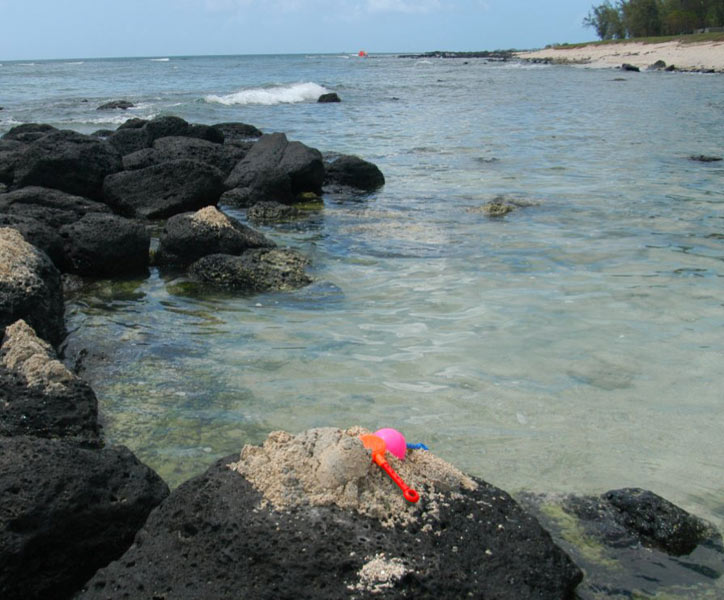
© Iain Field, Graduate School of the Environment, Macquarie University, AustraliaSeals helped scientists track cold, deep currents in Antarctica.
With help from seals, scientists have discovered a new source for the coldest, deepest water in the ocean.
Instruments glued to seals' heads tracked Antarctic Bottom Water flowing down deep canyons off Cape Darnley in
East Antarctica. The spot was an unexpected font of the bottom water - cold, dense, salty water - because it lacks the broad underwater shelf of the unique current's three known sources. These shallow shelves stick out from the continent's edge. Cold water flows over the edge to the abyssal depths like a frigid underwater waterfall.
Finding the Cape Darnley bottom water, which accounts for about 10 percent of the world's
Antarctic Bottom Water, solves a long-standing problem. The amount of cold water coming from Antarctica exceeded that from the three other sites.
"At least one more source was inferred to exist, but had stubbornly eluded detection," Michael Meredith, an oceanographer with the British Antarctic Survey, wrote in an article accompanying the study in the journal
Nature Geoscience. Meredith was not involved in the research.
"Our discovery is the missing piece of a 30-year-old puzzle regarding the circumpolar distribution of global Antarctic Bottom Water supply," said Kay Ohshima, an oceanographer at Hokkaido University in Japan and lead author of the study.
The discovery will also affect climate change models, in which bottom water circulation plays an important role. The
deep bottom current drives large-scale ocean circulation, helping regulate Earth's climate, Ohshima said.
"It is vital that this newly found Cape Darnley Bottom Water be incorporated into the global assessment of the meridian ocean circulation, a key element of the climate system. This will improve numerical simulations predicting its response to
long-term climate change," Ohshima told OurAmazingPlanet.
The findings are detailed in the Feb. 24 issue of the journal
Nature Geoscience.



Comment: Perhaps we should be looking a bit closer to home? There's been a dramatic increase of fireballs around the planet in the last few days. For more information about what might be coming down the pike in the near future read: Comets and the Horns of Moses by Laura Knight-Jadczyk.